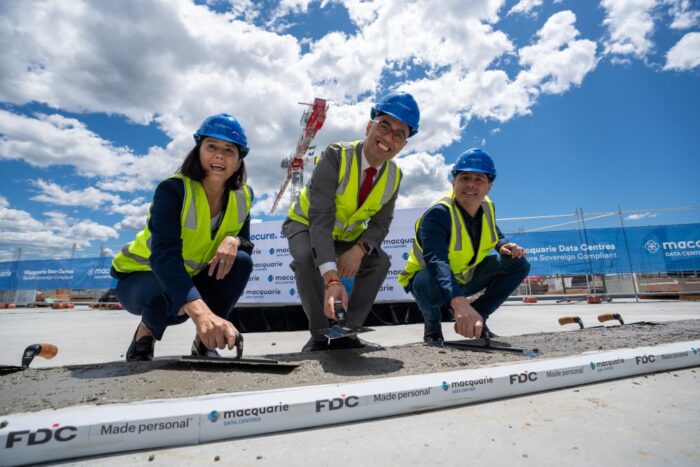Factoring in data load to help future proof your business

Let’s wind back a decade. Mobile phones had basic cameras, the average laptop offered just 16GB storage, and “wearables” was a phrase familiar only to nursing homes.
The acceleration of technology’s development since then has been remarkable. We have bigger storage requirements as physical items become digitised via Internet Of Things (IoT), machine-to-machine-learning and Artificial Intelligence (AI). At an individual level, there’s an app for everything as we order food, book doctor’s appointments, or track our steps each day; over 80% of customer interactions are becoming digital. And of course, to make this technology matrix of apps, automation and technology stacks work together, we require more software – which in turn, requires exponentially increasing amounts of data.
Cloud migration and adoption was already booming pre-pandemic. The advent of covid-19 was a game-changer. Covid made the habits of the minority apply to the majority. For example, we all learned how to shop online for everyday items. A lot of first-time users – particularly baby boomers – learned how to place an online grocery order. Or were forced to use Zoom or Facetime because they wanted to see their grandchildren. While they may have been reluctant learners initially, the ongoing lockdowns meant their proficiency increased – and now we see those habits have been entrenched. In terms of data centre usage and uptake, covid-19 poured fuel on an already blazing bonfire.
As a result, enterprises were forced to adopt scalable platforms with robust infrastructure to meet customer needs and user experience expectations. Data centre demand rose by over one third in 2021 according to JLL. 2021 was also the first year that expenditure on cloud infrastructure outstripped enterprise spending on data centre hardware and software.
Businesses therefore have had to migrate to the cloud and towards hyperscalers and SaaS companies like Amazon Web Services, Microsoft Azure, and Google Cloud. With the compliance, logistics, and cost associated with inhouse data centres, it’s clear that cloud-based data centre providers for public and private sector information is the new norm. Software as a service companies, regtech, fintech – every tech company needs storage.
According to CBRE, hyperscale cloud providers have already started preparing for this eventuality with the average deal size increasing threefold to support the 64.2 zettabytes of data the world generated last year. And that translates to similar cloud data requirements in our regional headquarters in Sydney as a Tier 1 Hub in the APAC region.
Sydney has established itself as a key landing point among the global data centre market over the last 12-18 months. We are now ranked second in sustainability as well as being the fourth largest development pipeline of around 172 MW. This commitment to meeting market needs has been felt across the industry with many large data centre groups exploring both Southern and Western Australia. As a result 55 hectares of land has been acquired and specifically earmarked for hyperscale and cloud sites with some being sold at record highs of around $1000 per sqm.
To deliver to what is required for the next few years would be short-sighted – we’re planning well beyond that. For example, we’re anticipating that the Australian government will continue to focus on its sovereign based data centre storage requirements, due to national security concerns. We’re also predicting that Australia’s rise as a technology incubator for APAC will accelerate, and more companies like Atlassian, Canva and Afterpay will proliferate. All of these require data centre infrastructure, resources and capability planning.
Every business needs to future-proof as best they can, and to plan one, three, five years and beyond in advance. The IT platforms required to enable significant business growth must be able to scale beyond a company’s planned expectations. One thing is for sure; it is difficult to predict the future as we have recently experienced over the past two years. The pressures of covid-19 have stimulated digital opportunity, those companies able to react quickly enough through scalable platforms reaped the rewards by meeting the market’s unknown needs.
This does not guarantee success but is critical to enabling it. The question to ask yourself then is – will your business be ready for the future?
Read more about our colocation services in Sydney and Canberra.
Read more about our data centres in Sydney, Macquarie Park, and Canberra.




